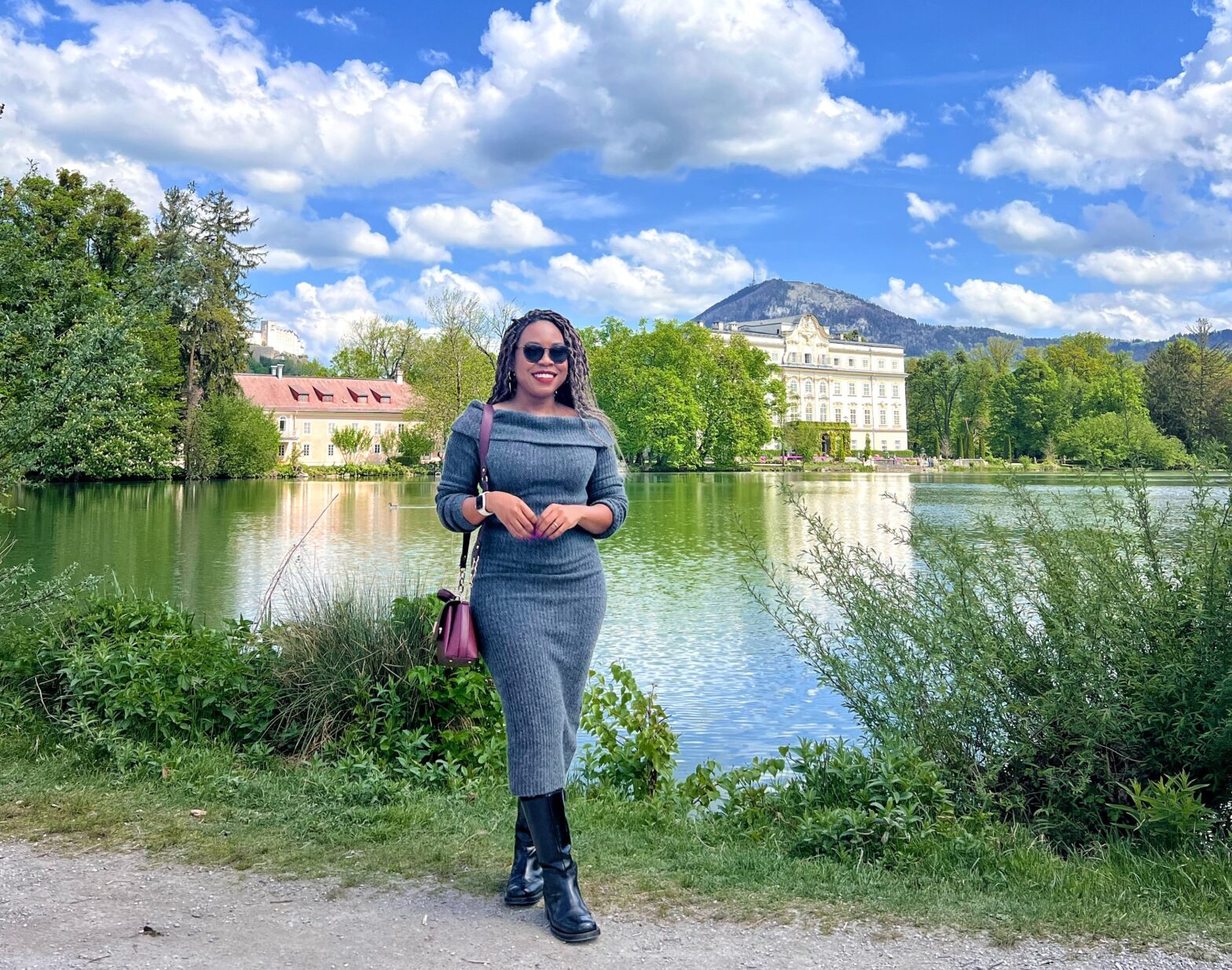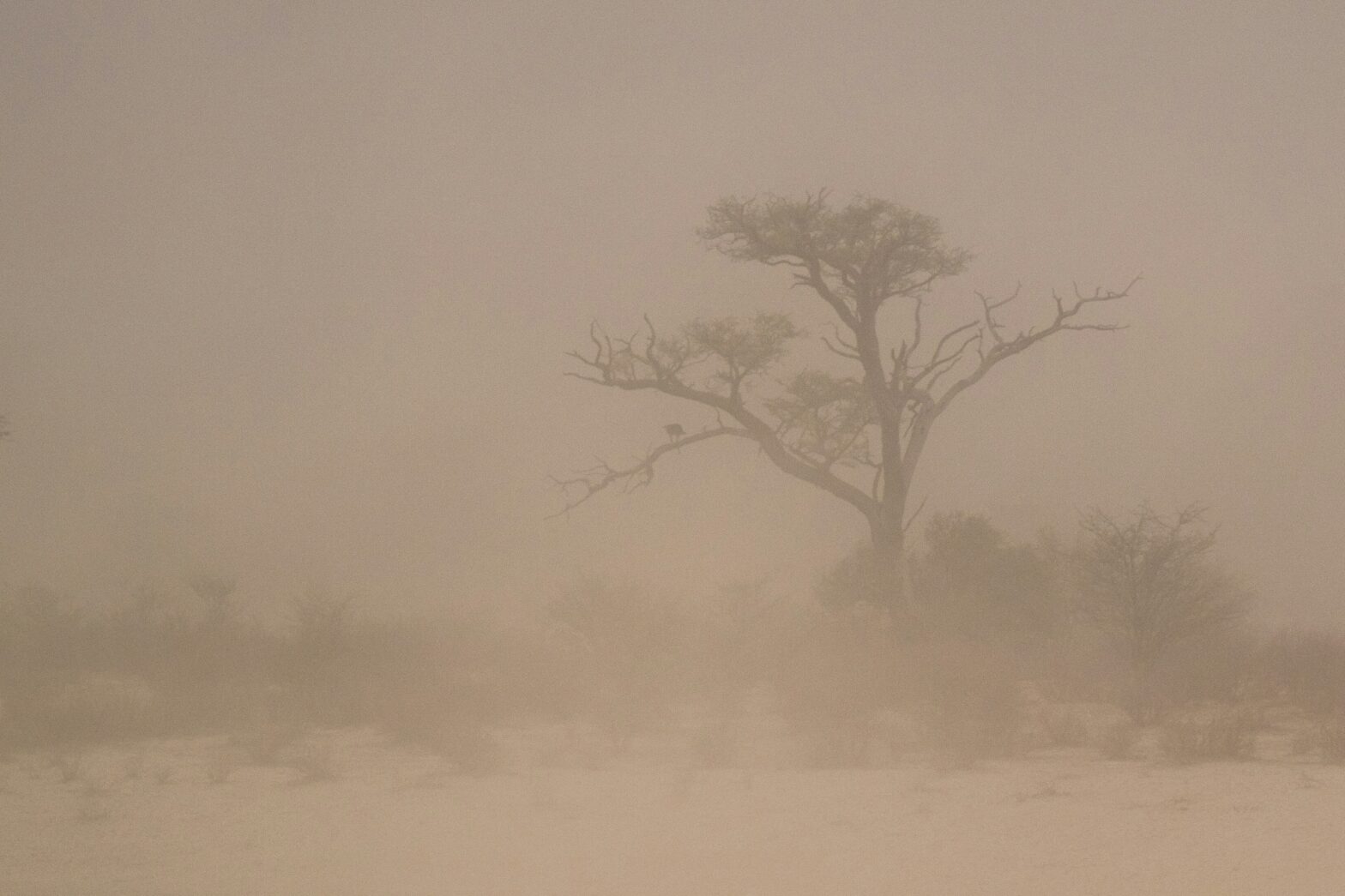I grew up in Malawi watching The Sound of Music on VHS. My sisters and I would sing along to “Do-Re-Mi” and “My Favorite Things,” rewinding over and over until the tape wore thin. At the time, the hills of Austria felt more like Narnia than a real place, and the idea of walking in the footsteps of the von Trapp family was as out of reach as the Alps themselves. But somehow, here I was, standing in those very hills, with crisp air around me and the soundtrack of my childhood echoing softly in my head.
Salzburg was always a place that lived in the margins of my dreams, but this trip, anchored by a stay at Rosewood Schloss Fuschl, turned that dream into something tactile and profoundly moving. What started as a film-inspired itinerary evolved into something more profound: a personal reckoning with the story I had always told myself about who I was and what was possible.
A Castle Stay That Sets The Stage
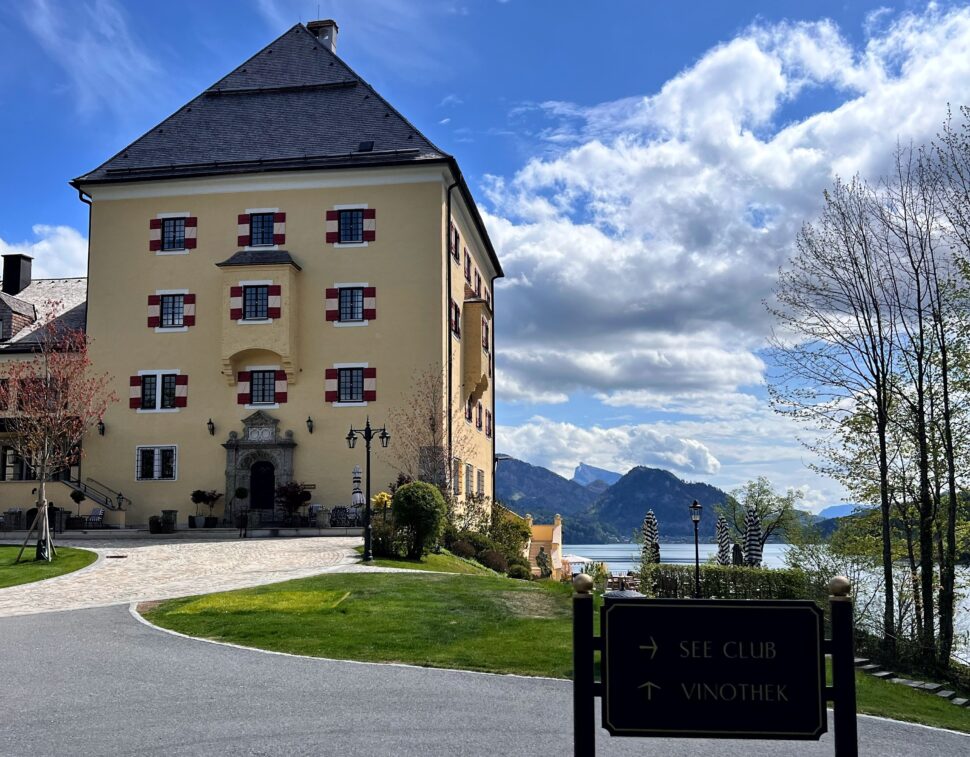
On the shores of Lake Fuschl, just outside Salzburg, the newly reimagined Rosewood Schloss Fuschl feels enchanted. Once an aristocratic hunting lodge, the property has been transformed into a luxurious alpine retreat. With its crackling fireplaces, exhilarating lake views, seasonal dishes crafted from local ingredients, and a wellness program steeped in Austrian healing rituals, Schloss Fuschl anchors you in the beauty of the present.
Waking up here felt like waking up inside a fairytale, but one I now had access to. Every detail of the property invites you to slow down and immerse yourself in its storied surroundings. Each morning, breakfast quickly became my favorite ritual: crisp pastries, eggs to order, fresh fruit, and stunning views of the lake. The staff greeted me by name, and the warmth in their welcome never felt rehearsed.
Following The Sound Of Music Trail

Our journey began with a curated day exploring the landscapes and landmarks made famous by The Sound of Music. While not officially associated with the movie, the route gave us a chance to walk in the footsteps of the von Trapp family and follow the story’s legacy through the city and the surrounding countryside. We departed from the Schloss Fuschl lobby and set off toward the first of several iconic filming locations.
Our first stop was the real Villa Trapp, the former home of the von Trapp family. As of 2025, the property is closed to the public. While it previously operated as a hotel and offered guided tours, it is no longer open or operational. Privately owned and nestled in a quiet residential neighborhood, the villa holds an understated presence. Even without stepping inside, standing at its gates carried emotional weight. This was where Maria lived, taught the children, and where their true story began — far from Hollywood and deeply rooted in history. It served as a reminder that their legacy was real, layered, and far more human than its glossy film counterpart.
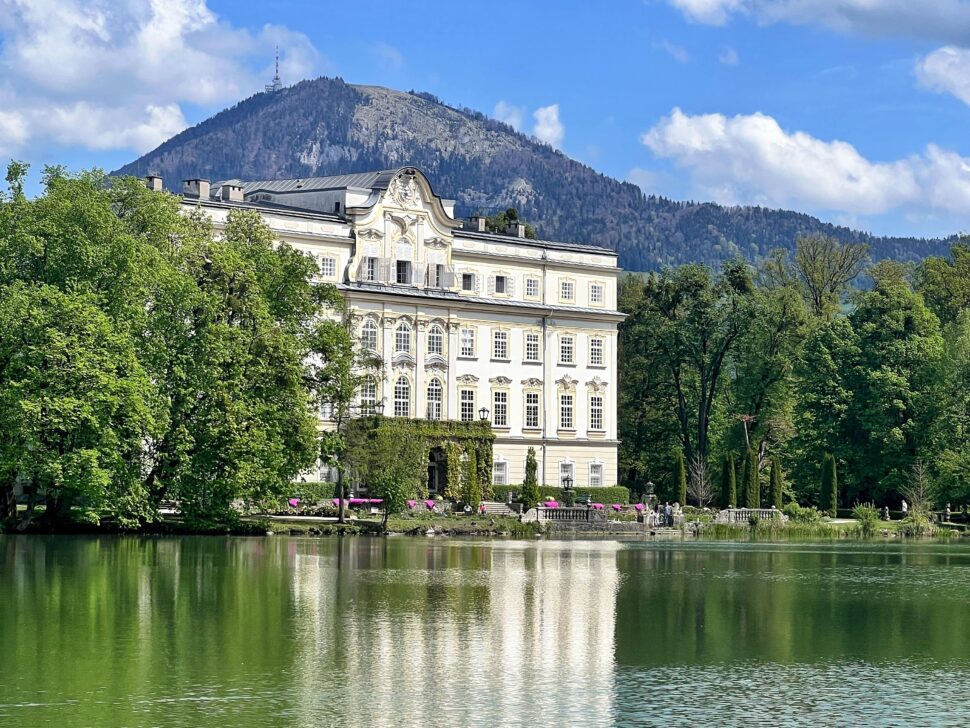
Next, we visited Schloss Leopoldskron, whose lakeside garden famously served as the von Trapps’ backyard in the film. The scenes of children tumbling in play, the family boating on the lake, and the stern but loving Captain watching over them came rushing back. It was surreal to match memory with setting, standing in a place I had only known through a screen. From there, we continued to Schloss Frohnburg, the elegant façade of which was used for exterior shots of the family’s home.
The moment Maria arrives, guitar in hand, to begin her new life as a governess, this is the backdrop. Seeing it in real life added dimension to that scene. It reminded me of my own transitions – leaving Malawi, moving across continents, and stepping into versions of my life I hadn’t yet grown into. The nerves, the hope, and quiet bravery it takes to say yes to a new beginning. I saw it all in that scene and in myself.

Hellbrunn Palace, home to the famed glass gazebo where Liesl sang “Sixteen Going on Seventeen,” was next. The weather was perfect, with clear blue skies and warm sun overhead, as we sat down for a film-inspired picnic lunch beside the gazebo. Being at the site of one of the movie’s most memorable scenes brought a sense of clarity. It was about nostalgia, yes. But most importantly, it was about realizing how far I’d come. I could now touch, see, and sit within what once felt like a far-off fantasy. That moment, simple yet affirming, stayed with me.
A Family Thread That Never Fades
That evening, in Schloss’s elegant Glas Salon, for a virtual chat with Elisabeth von Trapp, the granddaughter of Maria and Georg. As she spoke, her stories peeled back the polished layers of the film to reveal the raw, personal truth underneath.
“They separated much later, way later than most families would ever. Most families separate in their 20s; they separated in their 40s,” she said, explaining the closeness that defined her family’s bond. “They promised, before they left Austria, they promised they would remain together. They discussed – everybody was to decide, would they be willing to leave.”
Her words lingered. Her story wasn’t mine, but it echoed something I’ve always understood: even when stretched across time zones and years of silence, family stays with you in ways you don’t always expect. The emotional ties remain, no matter how far apart we find ourselves.
Rewriting My Own Story
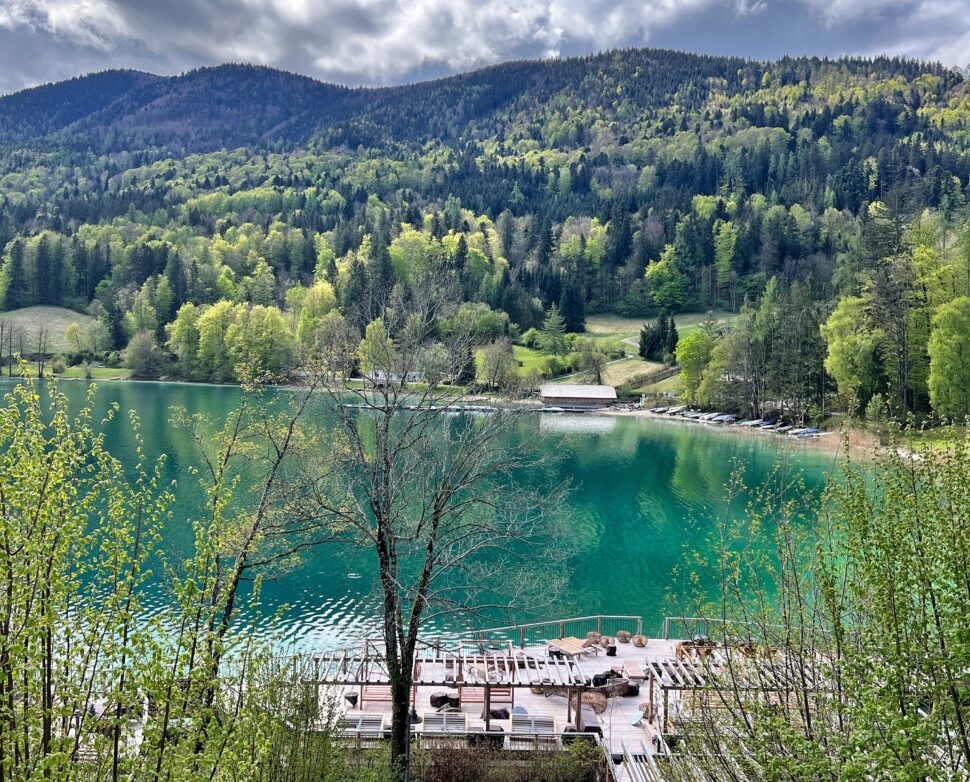
The next day began at the “Do-Re-Mi” fountain, where we met our guide for a horse-drawn carriage ride through Salzburg. As we trotted past pastel buildings and ornate spires, I felt myself slipping into a kind of nostalgic reverie. At the Heimatwerk Atelier, we explored a collection of traditional Austrian clothing and crafts. The shop is renowned for its meticulously crafted dirndls, reminiscent of those worn in the film, as well as handcrafted souvenirs and textiles that reflect Salzburg’s rich cultural heritage.
Standing in the real hills that were famously alive with music, I couldn’t help but reflect on my journey. I wasn’t that little girl in Malawi anymore, rewinding her favorite tape. I was a woman in her 30s, traveling the world, carving space for joy and softness in a life that hadn’t always made room for either. Through its timeless songs and indelible characters, The Sound of Music taught me that beginnings can come from unexpected places. Maria didn’t see herself as a governess. She didn’t think she could belong in a world so vastly different from her own. And yet, she did.
I’ve spent a long time editing myself to fit into rooms I thought weren’t made for me. But this trip and the filming locations of The Sound of Music helped me realize I don’t need to rewrite or erase where I come from. My story, with all its complexity, is my strength.
